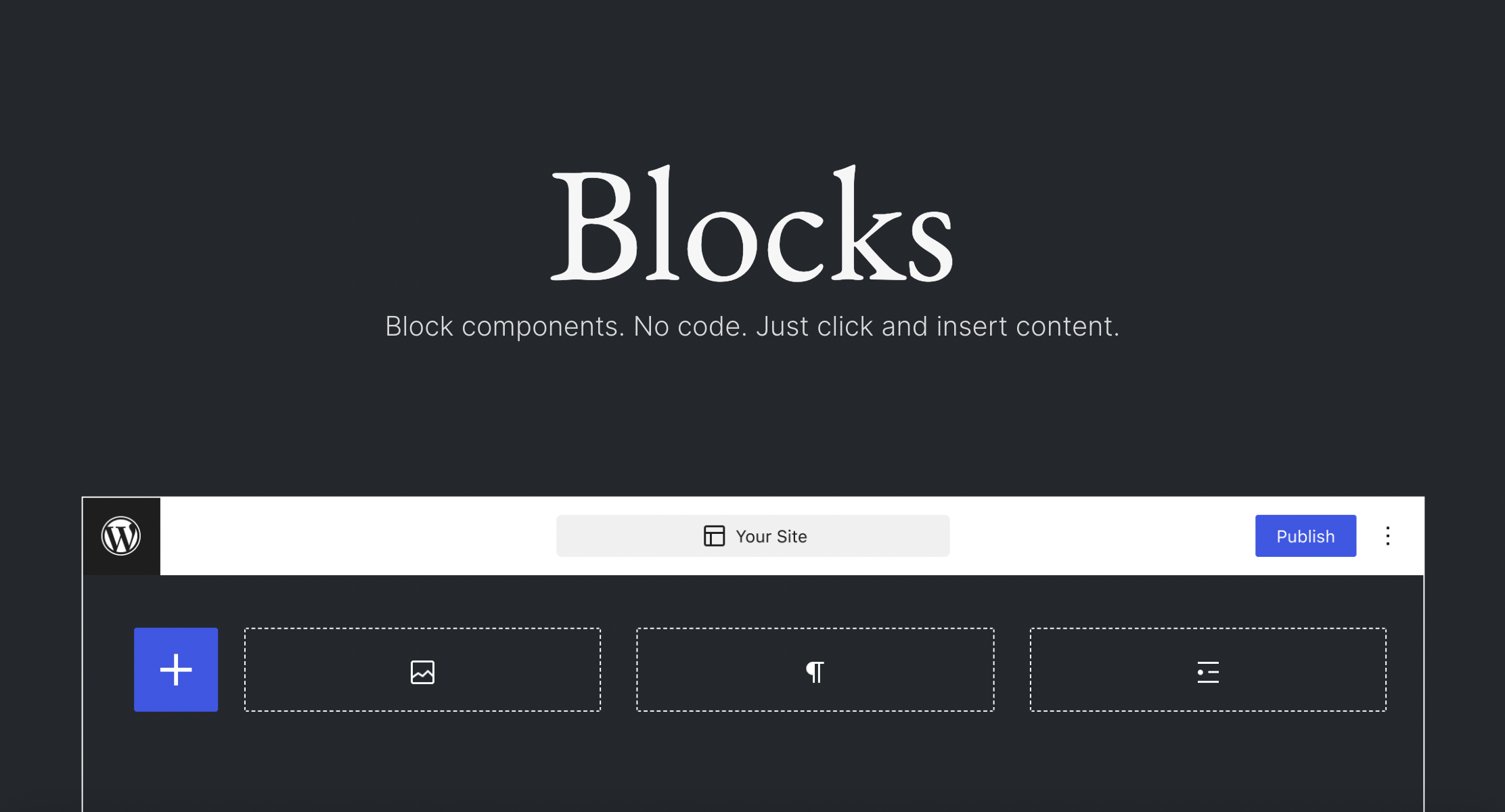What are blocks? WordPress has added a new resource to its website at wordpress.org/blocks that attempts to explain blocks visually with simple language. The landing page is aimed at those who are new to the block paradigm or those who may not yet fully understand blocks’ ease of use and powerful features.

Automattic-sponsored core contributor Anne McCarthy announced the new page on WordPress.org with a request for feedback, as this is the first iteration. The project was born out of ticket on GitHub which outlines the need for more effective block marketing:
Currently, there isn’t a page on wordpress.org that explains in a compelling way what ‘Blocks’ are or markets it very effectively on the website. We have a filter in the plugin directory, which is useful, but that page is lacking the context of what blocks are, what the block editor is, and why it is so exciting. There are other pages, such as the documentation, that explains what the block editor is, but IMO it’s a bit wordy and explains how to use the editor, but not necessarily why you should use the editor and why it is unique and exciting.
WordPress.org GitHub Repository issue: Create ‘Blocks’ Landing Page #245 – created by Ben Greeley
One important consideration for contributors working on this project is the overlap with wordpress.org/gutenberg. The Blocks page is more of a static brochure style introduction, whereas the Gutenberg page is a fully interactive demo that offers an overview of how the editor works. Although they are similar resources, they both have distinct purposes.
McCarthy created a tracking issue for the first iteration of this page, which functions as a mini roadmap for future improvements based on feedback she has already received. More accessibility improvements are coming in future versions, along with some sort of visual that will concisely demonstrate the connection between blocks, patterns, and themes. Contributors are also considering integrating WP Sandbox to make it possible to see blocks in action.
“This is intended to be a starting point and not a final destination,” McCarthy said. “Your feedback is welcomed and needed to get to the next iteration.”
The blocks page is one area of contribution where even people who are brand new to blocks could help to make the content more compelling and less confusing by leaving feedback on the post.
Blocks are something many casual WordPress users may still be trying to wrap their heads around, not to mention how they impact the ecosystem of plugins and themes. The Classic Editor plugin, which insulates users from the world of blocks, remains one of the most popular plugins with more than 5 million users. Its continued support is not guaranteed forever, especially as WordPress looks to revamp the admin design to be more similar to the block editor. This landing page’s marketing for blocks offers a safe entry point for those who are curious about the block editor and want to explore more resources.
WP Tavern


Leave a Reply
You must be logged in to post a comment.